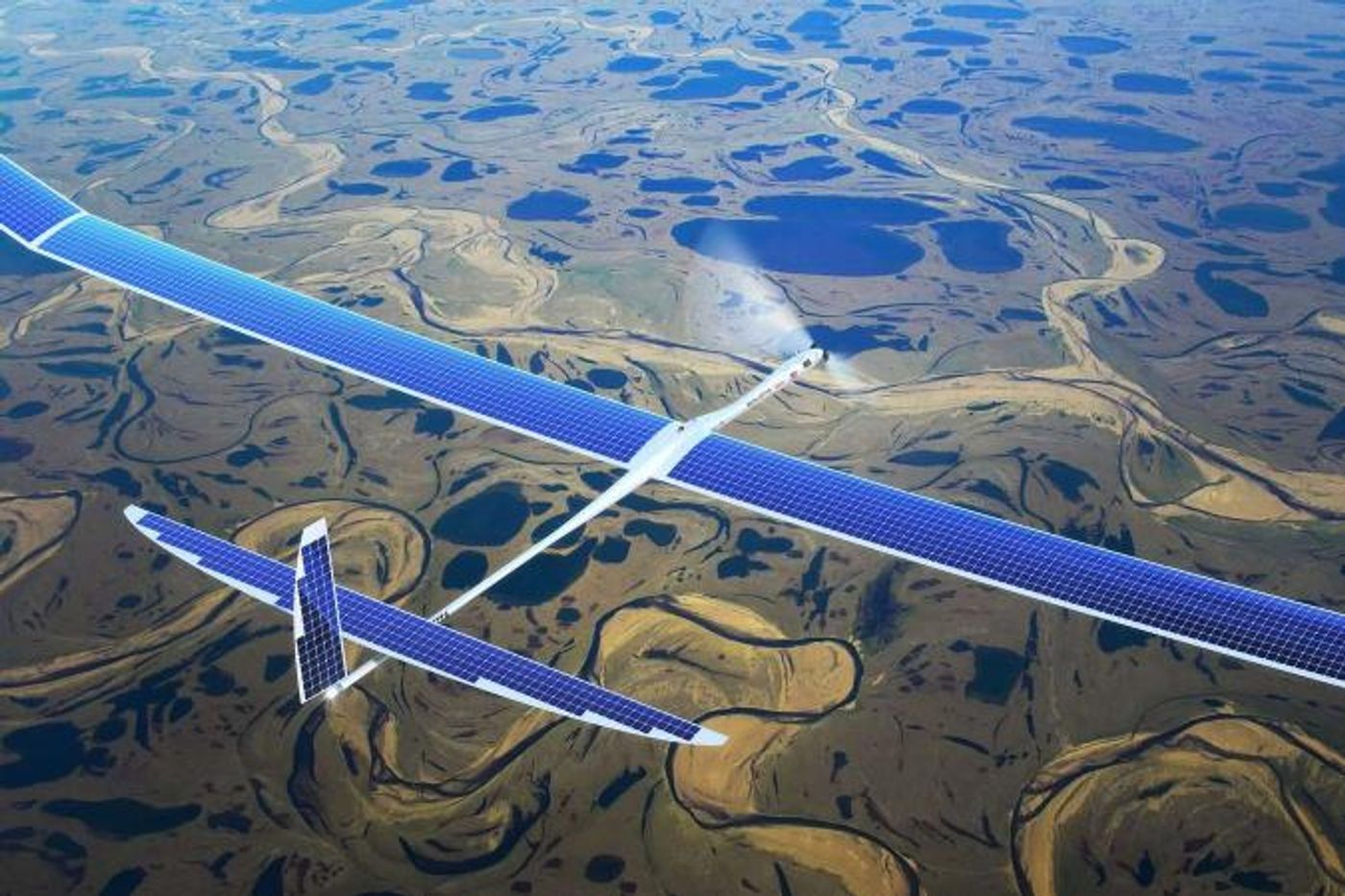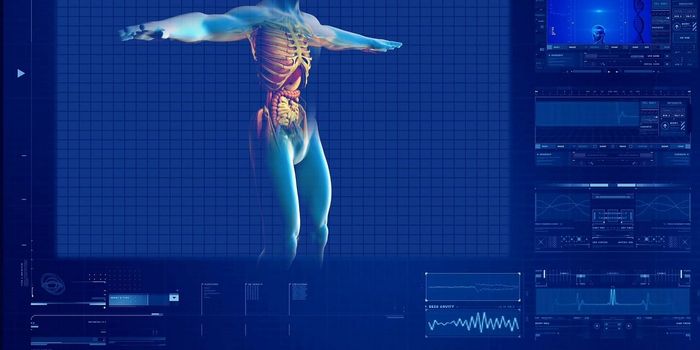Google Wants to use Solar Powered Drones to Provide 5G Internet to the World
Current cellular internet connections for our smartphones, tablets, and personal hotspots are powered by high-speed 4G LTE connections using cellular towers that are anchored right into the ground, but future high-speed advances in cellular internet connections could involve lifting up from the ground.
Google is reportedly working on solar-powered drones that will fly high above the skies and provide a next-generation 5G signal to future phones, tablets, and hotspots. Dubbed project ‘Skybender,’ this project brings the power of cellular transmission to the skies, rather than relying on tall towers scattered all throughout an area.

The solar-powered drones being worked on would be autonomous, meaning people wouldn’t be flying them. Instead, they would fly themselves using solar power to sustain their energy needs. Each drone would be assigned a location to hover around, and they’d be placed all around the world.
These 5G signals could be up to 40 times faster than current 4G LTE signals, and will use high-frequency millimeter waves that can transmit large volumes of data every second. By high volume, we mean they can theoretically transmit gigabits of information every second.
“The huge advantage of millimetre wave is access to new spectrum because the existing cellphone spectrum is overcrowded. It’s packed and there’s nowhere else to go,” says Jacques Rudell, a professor of electrical engineering at the University of Washington in Seattle and specialist in this technology.
On the other hand, millimeter waves don’t come without their shortcomings. For example, they are intended for shorter distance, and in testing, a millimeter signal typically travels about a tenth of the distance a modern cellular signal travels before being too faint for the device to pick up.
Google is reportedly working on technologies to get around this problem, as high-flying drones in our atmosphere will require long-distance transmission greater than that of modern cellular towers.
A revolution in cellular internet speeds will soon be upon us.
Source: The Guardian








